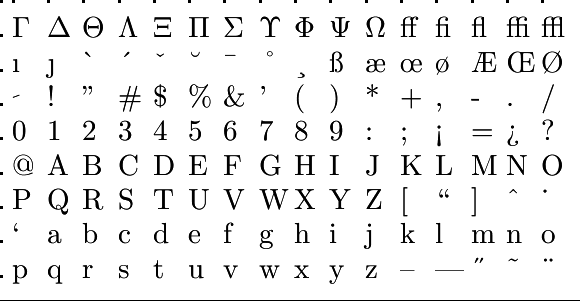Sequences and series: Financial applications of sequences and series
 Other applications of sequences and series
Other applications of sequences and series
Up to now we've already seen a couple of applications of arithmetic and geometric sequences. Now we will look at some more examples of arithmetic sequences and series from the amortization of a new machine.
The residual value of that machine after year #15# is #\euro \, 20000#. Possible interest expenses are not considered.
Calculate the amount of the amortization in the first term.
The amortization amount in the first term is #\euro# #15000#
We have to write off #\euro \, 140000-20000=120000#. This is written off over #15# years. We will name the installment #a#. Since the installment decreases by #\euro \, 1000# each time, we must have:
\[a+(a-1000)+(a-2000)+\cdots+(a-14000)=120000\]
On the left hand side of the equation we have the sum of #n=15# terms of an arithmetic sequence with #v=-1000#. Moreover we have #t_1=a# and #t_{15}=a-14000#. According to the sum formula for an arithmetic sequence the left hand side is equal to \[\frac{1}{2} \cdot n \cdot (t_1+t_n)=\frac{1}{2} \cdot 15 \cdot(a+a-14000)=15\cdot a-105000\]
Hence, we have:
\[15\cdot a-105000=120000\]
This is a linear equation with unknown #a#. It can be solved as follows:
\[\begin{array}{rcl}
15\cdot a-105000&=&120000\\
&& \phantom{xxxxx}\color{blue}{\text{the original equation}}\\
15 \cdot a&=&225000\\
&& \phantom{xxxxx}\color{blue}{\text{added } 105000 \text{ to both sides}}\\
a &=& 15000\\
&& \phantom{xxxxx}\color{blue}{\text{both sides divided by }15}\\
\end{array}\]
We conclude that the amortization amount in the first term is #\euro \, 15000#.

Or visit omptest.org if jou are taking an OMPT exam.



